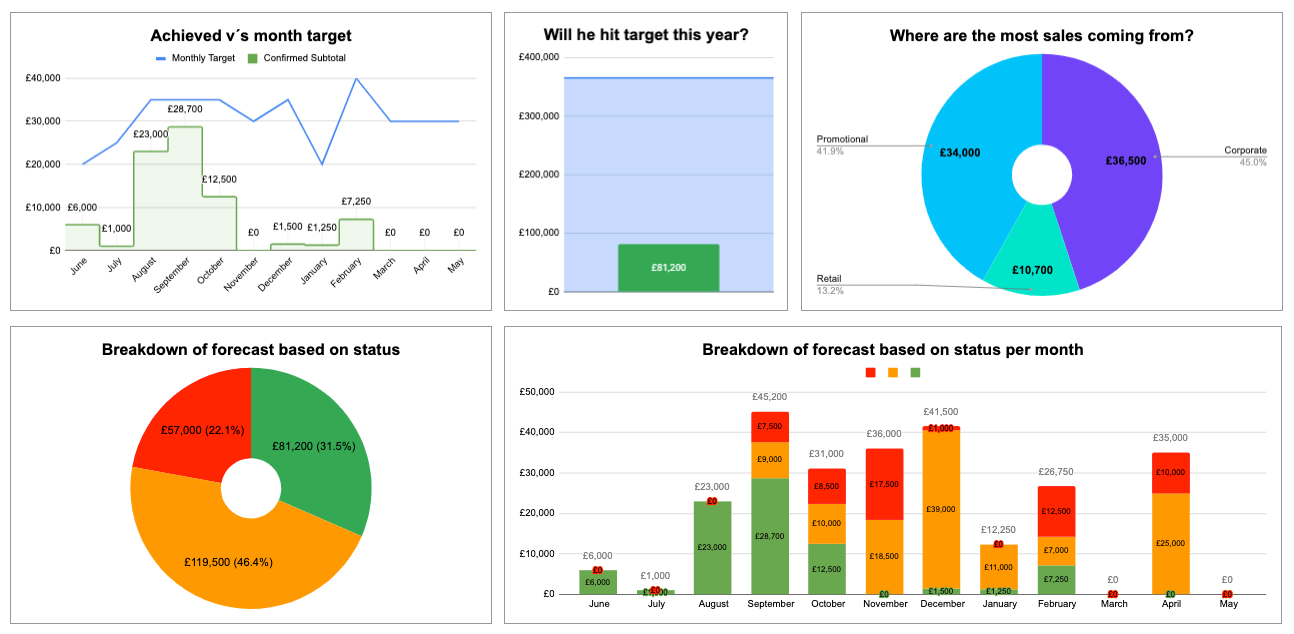Before starting Liveforce I was lucky enough to work for Just Cruzin Productions (JCP) for 8 years. This multi-award-winning event agency grew its turnover from £7.5m in 2010 to a staggering £22m In 2018. The bottom line was also positive, delivering a very healthy dividend to its shareholders every single year.
Throughout my time at JCP, I climbed the ranks and learned the importance of sales forecasting at all levels of the business.
Below I’ve done my best to summarise my key learnings. I hope this will help encourage other event and staffing agencies, whatever their current size, to prioritise time for this critical business activity.
1. Make the forecast Visual
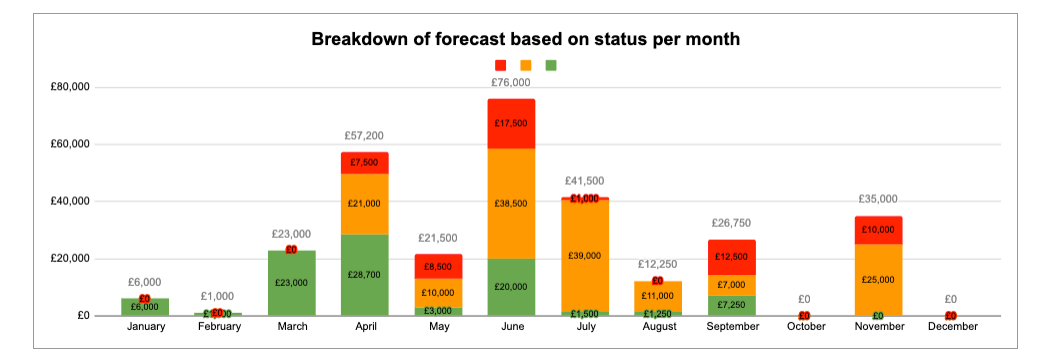
I still remember my first day at JCP. The Monday meeting where all the project managers took it in turns to present their sales forecast to their colleagues.
The Excel file and accompanying graphs projected super size on to the wall were brilliantly simple. It showed exactly what events people had confirmed that month (confirmed), which events were likely to confirm in the upcoming months (in negotiation) and other opportunities that were on the table (potential).
There was no hiding from the months that needed more attention!
It cut through all the “sales talk” about the number of calls made, emails sent, pitches attended, or opportunities that were “just about to close.”
The colour coded forecast clearly visualised who was already on track to smashing their targets, who would hit their targets if the deals they had in negotiation actually closed, and who needed help to start filling their forecasts with opportunities.
Everyone presented their individual figures, and the team then consolidated the data into a company-wide view to reveal the overall impact on the business.
As everything was so visual, even as a new starter, I could clearly see how the company, teams and individuals were performing.
2. Forecasting is Motivating
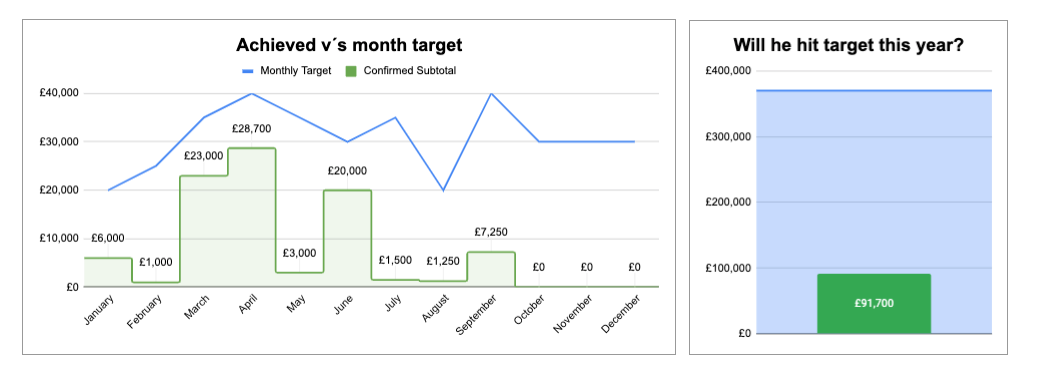
You are either behind your targets or on track to deliver your all time best year. Forecasting will help give you the push you need to achieve your goals.
At the start of each financial year, I especially felt this when sales targets reset, and the Excel template was essentially blank. Staring at those monthly sales targets thinking how the hell you’d hit them. It was downright depressing.
I always followed the following principles when forecasting:
- Confirmed status: These were recurring events and campaigns that were already confirmed with a client. Typically events like a company’s annual kick off, a sampling campaign to launch a new product or providing staffing for a specific sporting event etc.
- In Negotiation: These were the events and campaigns we had already pitched – and simply waiting for feedback. We hadn’t confirmed the exact budgets and dates yet, but we felt confident about winning the business.
- Potential: Events or campaigns we’d heard about through the grapevine (eg Brand X were launching a new product). Based on experience we added guesstimates to the size of the deal. We also often added blocks of turnover which weren’t assigned to any specific event or client. eg “New Retail client X in July”. This gave us the focus to go out hunting for those clients in good time before the month we were expected to deliver the sale.
It’s amazing how something so simple as adding this info to a spreadsheet helped motivate the team – I also slept better at night!
3. Having an overview helps you maximise your Teams performance
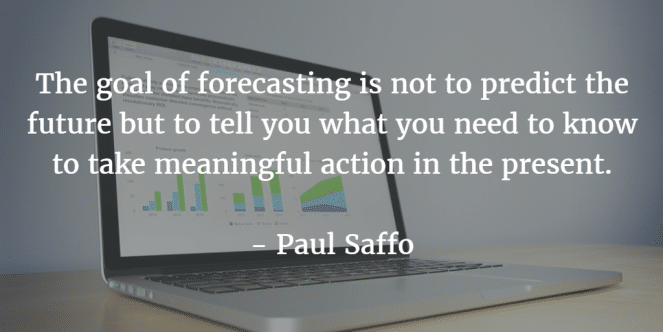
What I personally loved about forecasting was it gave me the insight to see what the future potentially looked like, and make decisions based on that well in advance.
The fairly unique thing about JCP worth noting is that the project managers were responsible for both the sale and delivery of the events/campaigns. They had resources available to help with the delivery, but ultimately, they were responsible for ensuring that what they sold to the client met the client’s expectations.
The forecast was used amongst other things:
- In team meetings to discuss the progress of deals and agree on a clear course of action to help move the deals closer to being “confirmed”. We could also quickly figure out the deals that had stagnated and should be removed from the forecast. An unrealistic forecast is as useful as a bucket with a hole.
- Plan together to see which months may be tricky to balance closing deals and delivering events. We could then reassign pitches to other team members who had more capacity or needed a boost in their pipeline.
- If the team were all looking like they’d be at full capacity in an upcoming month we could then start recruiting help for that period in advance. As opposed to it been a huge rush to find someone whilst you are actually in that busy period.
- The forecast kept the team aware of everyone’s progress toward their targets. This was important as the bonus structure was based on both the team hitting our overall target as well as individually. This really helped build an “all for one, and one for all” culture.
4. Your cashflow may seem less scary
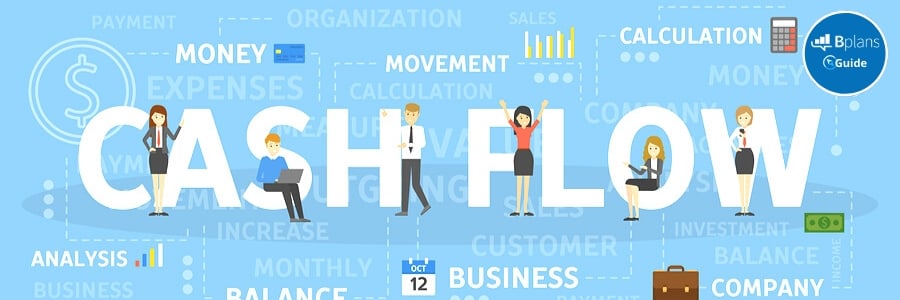
Cashflows can be scary things. The first time our CFO broke down the monthly running costs for my team… I nearly fell off my chair. All those outgoings and not enough confirmed income in the forecast yet!
Forecasting was so crucial in giving me the confidence that we had enough in the pipeline to cover those costs and deliver a profit. Or when the forecast wasn’t looking that positive, the proverbial kick-up the backside to pick up the phone and start generating opportunities.
5. make sure you can collaborate in the forecast

It may seem obvious as we’re now in 2020 but it wasn’t that long ago tools like Google Sheets didn’t exist (or work well enough).
Every Project Manager saved their forecast Excel file on their desktop rather than on the company’s server or Dropbox, as you could always expect.
It was a never ending battle of chasing for the most updated version – especially on a Sunday evening when I had to collate them into a team forecast ready for the Monday morning meeting. It was hugely frustrating and prone to human error.
Luckily the CEO invested in a custom sales and forecasting system which moved the whole process of creating offers for clients and sales forecasting online.
I hope these five key takeaways help you kickstart or improve your event sales forecasting process. This FREE forecasting template including pre-programmed graphs may also be of interest.

